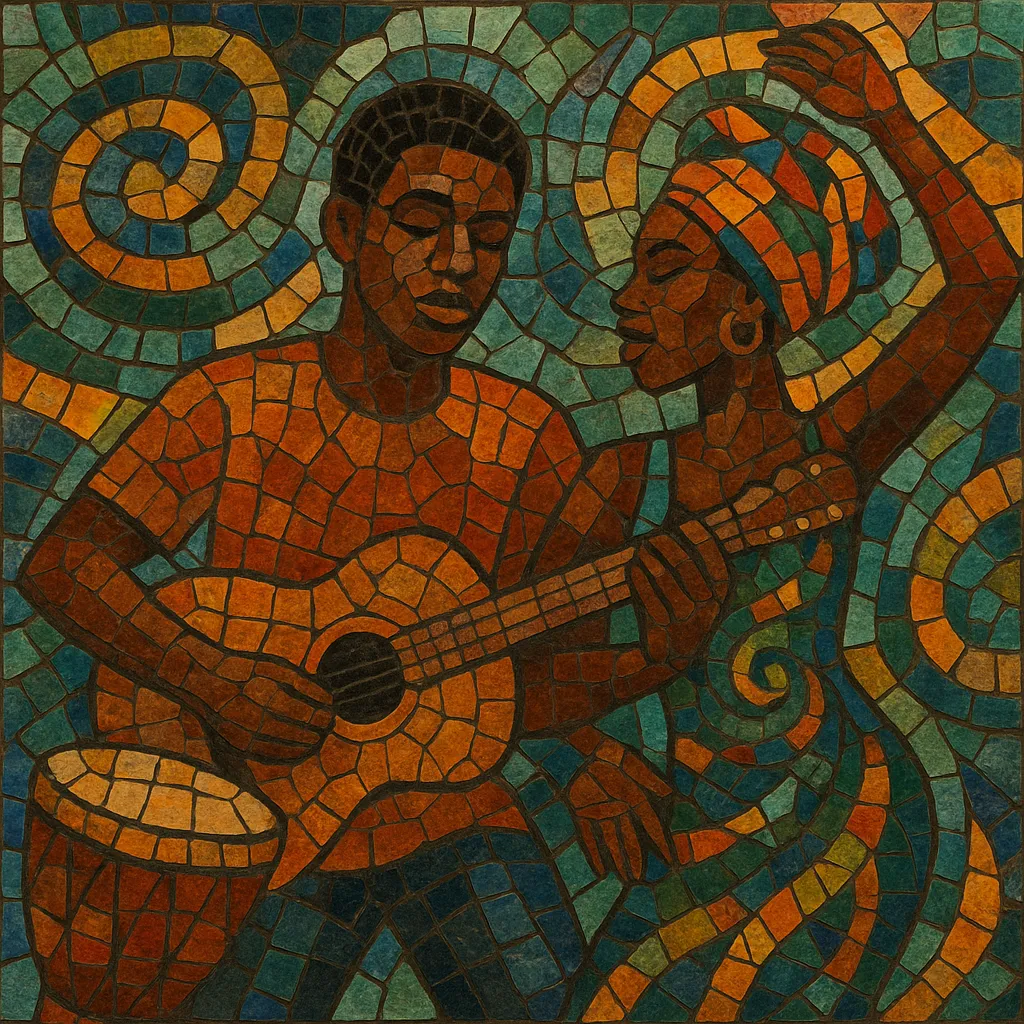Afropop is a pan‑African umbrella for contemporary popular music from the continent that blends African rhythmic traditions with global pop, R&B, hip hop, reggae/dancehall, and electronic production. It favors infectious grooves, memorable hooks, and vernacular lyrics (often in Nigerian Pidgin, Yoruba, Twi, Swahili, or English/French), with guitars, synths, and polyrhythmic percussion at its core.
While rooted in post‑independence urban styles such as highlife, juju, soukous, makossa, and mbalax, modern Afropop is studio‑driven, hook‑forward, and radio/streaming‑optimized. Its bounce typically sits around the 95–115 BPM range, with syncopated kicks, off‑beat shakers, crisp claps, and bright melodic riffs. The result is music that is danceable, warm, and cosmopolitan, yet unmistakably African.
After African independence movements, urban dance bands modernized local traditions. Highlife (Ghana/Nigeria), juju (Nigeria), soukous/rumba congolaise (DRC), makossa (Cameroon), and mbalax (Senegal) shaped the first wave of African pop. Electric guitars, horn sections, and Cuban/Caribbean rhythmic ideas entered the mix via radio, touring bands, and records. By the 1980s, affordable synthesizers and drum machines helped codify a studio‑led, hook‑centric approach that set the stage for what would be widely branded as Afropop.
Cassette culture and local FM radio expanded reach across Lagos, Accra, Nairobi, Johannesburg, and beyond. Producers folded hip hop, R&B, reggae/dancehall, and house into highlife/juju/soukous DNA, creating sleek, urban pop. Ghana’s hiplife, Cameroon’s makossa‑pop, Tanzania’s bongo flava, and South Africa’s kwaito fed into a broader Afropop sensibility where vernacular language, call‑and‑response hooks, and polyrhythmic drums were central.
Streaming platforms, Nollywood’s rise, pan‑African award shows, and diaspora hubs in London, New York, and Paris accelerated Afropop’s global profile. Nigerian and Ghanaian stars topped continental charts and crossed over internationally; collaborations with global pop, hip hop, and Latin artists (e.g., Drake/Wizkid’s "One Dance"; Beyoncé’s The Lion King: The Gift) normalized Afropop on worldwide playlists. In the 2020s, cross‑pollination with amapiano’s log‑drum bounce and global pop refinements broadened Afropop’s textures while retaining its rhythmic core.


